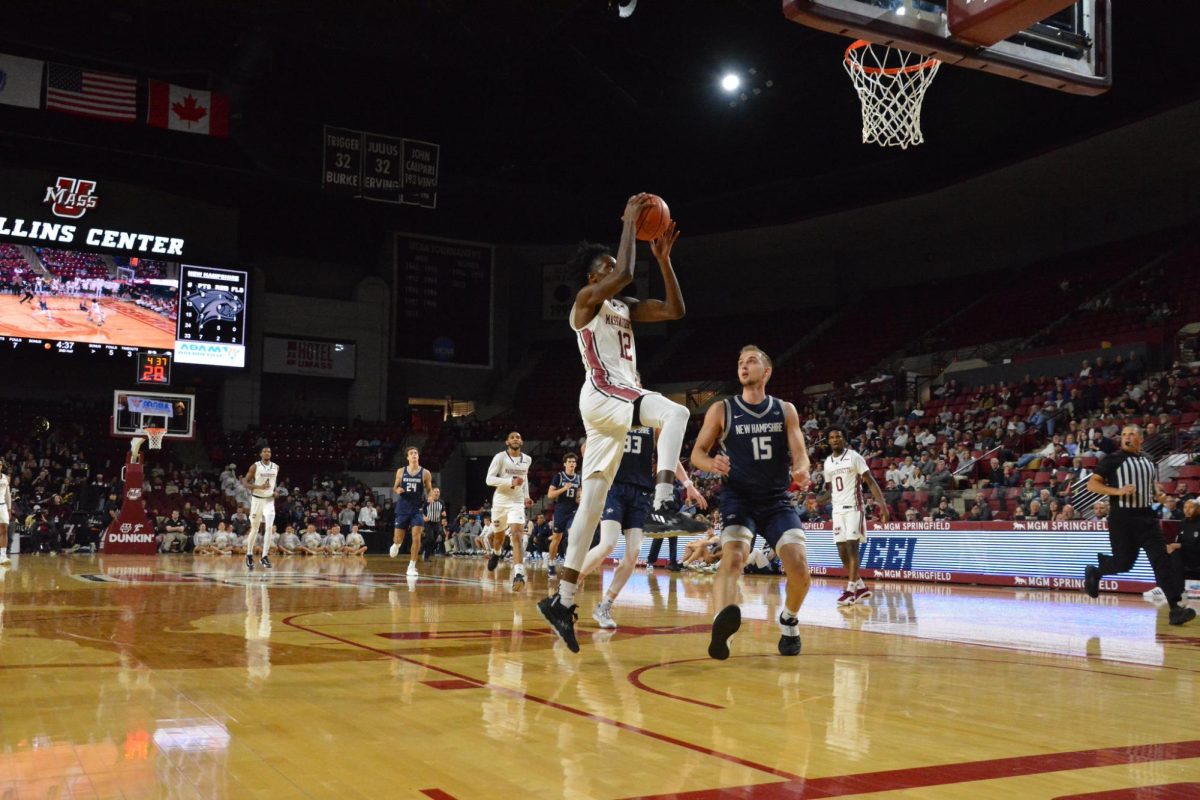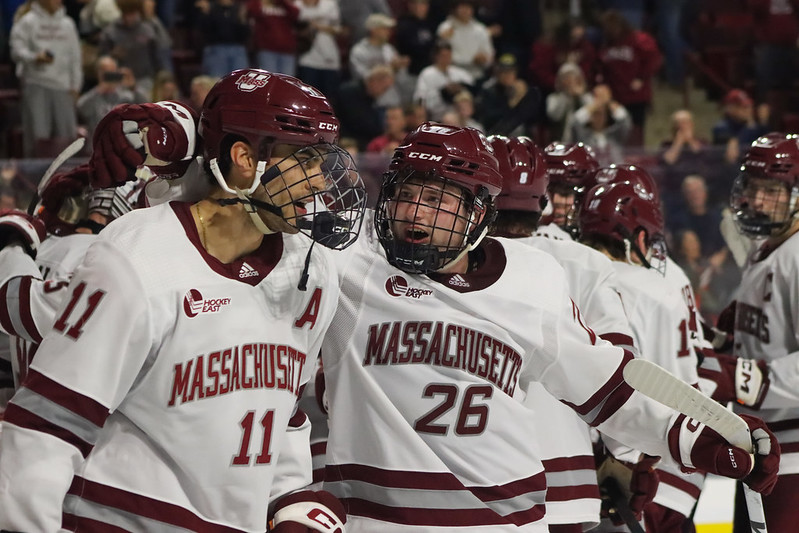The commander of an American bomber is grateful his crew was rescued after his plane went down in the Indian Ocean 30 miles north of Diego Garcia on Dec. 12.
The U.S. Air Force B-1B bomber crashed at approximately 11:30 a.m. Eastern Time. Rescue efforts were immediately started, Central Command said. An Air Force KC-10 circled the crash site and saw the rescue strobe. The USS Russell, a destroyer, made its way to the crash site. A small boat was launched and the four crew members were recovered. No serious injuries were reported.
Pilot and mission commander Capt. William Steele commended the rescue crew.
“I’d like to say I’m thankful that the entire aircrew got out safely, are all doing well,” Steele said. “Next, I’d like to thank the aircrew of the KC-10 that helped recover us safely and the crew of the USS Russell.
“Everybody did an outstanding job,” Steele added. “It was by the book.”
Naval Commander Hank Miranda, the Russell’s commanding officer, agreed that the mission went according to regulations.
“I just wanted to say that the crew of USS Russell did everything by the book. We were here on our deployment mission,” Miranda said. “And when we heard that the aircraft was missing, we did all the proper procedures and went to the area that we thought it would be – around the area that we thought it would be located. And we had our boat to the water as soon as possible.
“We made best speeds to the location and we picked up the pilots,” Miranda added. “Like Captain Steele said, everything worked like clockwork.”
While details on Steele’s mission remain unclear, the pilot did say that it was a routine mission.
“I was flying a normally-scheduled mission in support of Operation Enduring Freedom,” Steele said. “And as far as the aircraft malfunctions, we had multiple malfunctions. The aircraft was out of control, and we all had to eject.”
Steele said the malfunctions were not caused by enemy fire. The ejection was rough, Steele said.
“I will say that going through an ejection like that is about the most violent thing I’ve ever felt,” Steele said. “We’re all pretty bruised up and have some cuts, but overall we’re doing very well.”
Steele said that his training made the difference during the crash.
“At that point, my mind was racing, and really trying to go through all my procedures to prepare to land the parachute and prepare for my recovery. It is a very scary – very scary to eject from an aircraft, I’ll say that,” Steele said. “So I had a lot of adrenaline going. But as soon as I got over that, it was right back to trying to remember my training and do all my procedures correctly.”
Lieutenant Dan Manetzke commanded the rescue craft that launched from the Russell. He commented on the mission.
“When we arrived on the scene and met up with the pilot, our first response, obviously, was to make voice contact with them and make sure that they’re okay medically, and everything looked good there,” Manetzke said. “You know, we needed to get them in the small boat – gathered up and in the small boat. Basically, I think they were just as happy to see us as we were to see them.”
“I have to say, I’ve got to disagree a little bit on that last part,” Capt. Steele said. “I think we were much happier to see them than they were to see us.”
On the Net: The Pentagon: http://www.defenselink.mil






